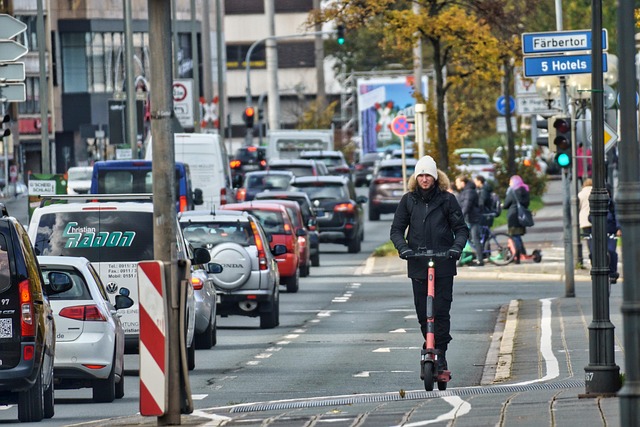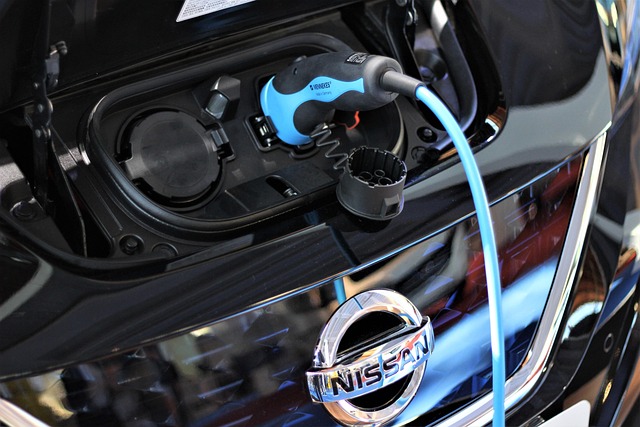In a world that constantly evolves, the challenge of transport sustainability and rural development commands our attention. Sustainable development in mobility isn’t just an abstract concept; it’s a necessity that resonates deeply with communities across the globe. Public transportation, cycling paths, and electric vehicles are becoming more than mere alternatives; they are pathways to a brighter, greener future.
Transport sustainability aims to reduce our environmental impact while ensuring that mobility remains accessible to all. Imagine a community where clean public transport connects rural villages to urban centers. This approach not only reduces carbon emissions but also fosters social equity, allowing residents easier access to jobs, education, and healthcare services. By enhancing transport infrastructure in rural areas, we can bridge the gap that often limits economic development and innovation.
The essence of sustainable development lies in creating systems that work harmoniously with the environment, ensuring that future generations inherit a world that thrives. As we explore different modalities of transport—such as electric buses and car-sharing programs—we find opportunities to innovate while respecting our planet. These advancements in mobility reflect our commitment to sustainability, helping reduce reliance on fossil fuels and conserving natural resources.
Rural development is particularly crucial in this dialogue. Often overlooked, rural areas face unique challenges that require tailored solutions. Emphasizing sustainable transport in these regions not only aids in economic revitalization but also enhances the quality of life for residents. Initiatives like community bicycles or localized shuttle services can transform the socio-economic landscape, providing farmers access to markets, students a reliable route to schools, and families a bridge to essential services.
Moreover, as we harness technology, including solar-powered charging stations and app-based vehicle sharing, we can heighten engagement with sustainable practices. Education plays a pivotal role here; communities must understand the benefits of sustainable mobility and how they can actively contribute. Workshops, local initiatives, and collaborations between governments and NGOs can empower rural populations to lead the charge towards sustainable development.
Driving towards a greener future may seem like an ambitious journey, yet small steps can lead to monumental shifts. Each bicycle path laid down, every bus route expanded, and all electric vehicles introduced into the fleet symbolize a commitment to a sustainable focus. By thinking globally but acting locally, we can create transport systems that reflect our values for environmental integrity and social equity.
Ultimately, sustainable development in mobility paves the way for thriving, resilient communities. Whether it’s through thoughtful urban planning, engaging rural infrastructure, or innovative technology, every effort counts. Together, we have the potential to transform our transportation networks, steering toward a sustainable future that respects both people and the planet.



